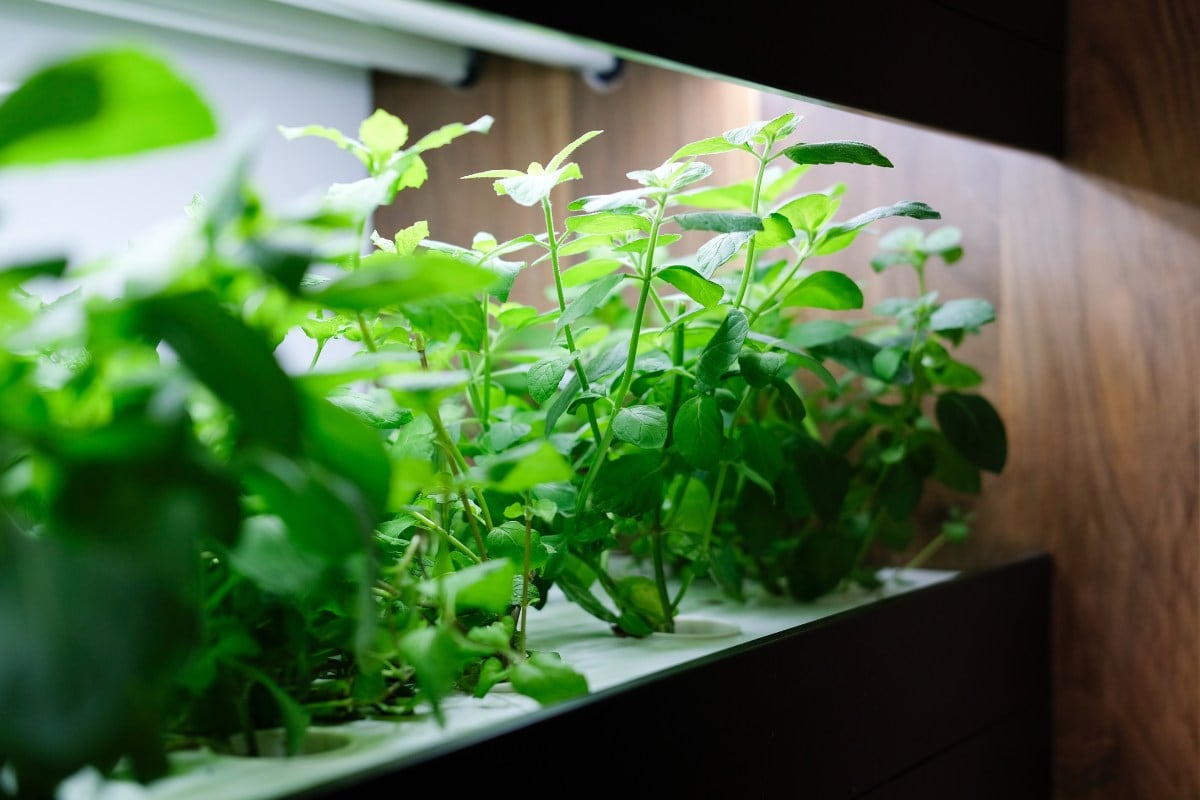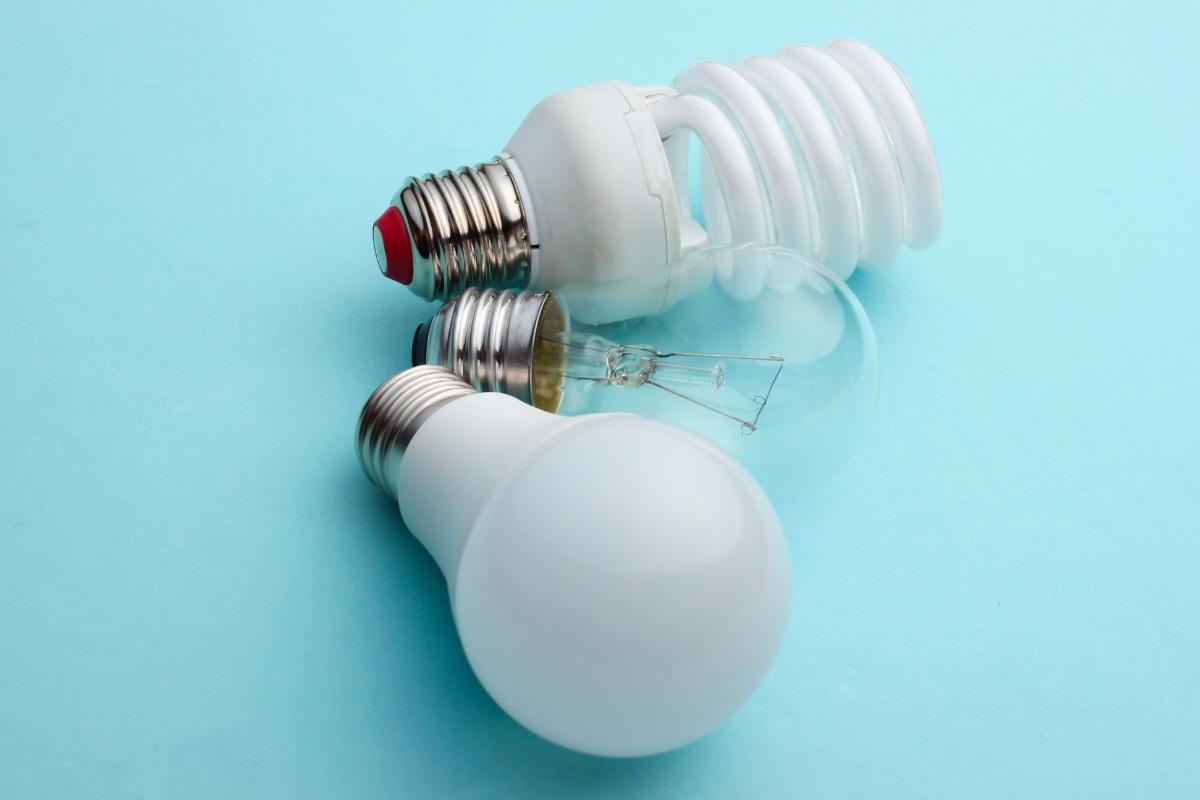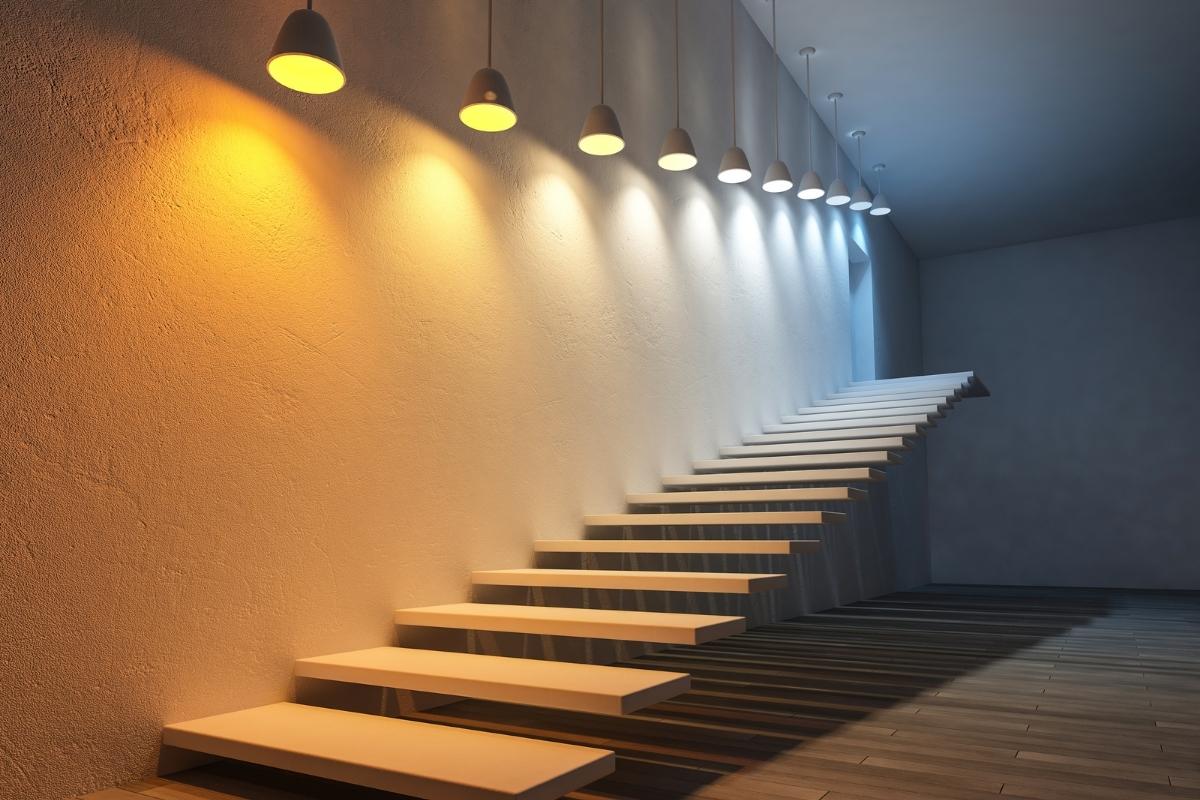What Is Artificial Light
Artificial light, also known as electric light, refers to any light source created by humans rather than natural sources like the sun or fire. It is used in a wide range of applications, both residential and commercial, and is produced using various technologies.
Artificial light sources come in different types, shapes, sizes, and colors, allowing for customization to meet specific lighting needs. These types include incandescent bulbs, fluorescent tubes, LED lights, and halogen lamps. Each type has its own way of producing light and offers different levels of brightness, color temperature, and energy efficiency.
How Artificial Light Works
Artificial light works differently depending on the type of light source. Fire, one of the earliest forms of artificial light, is created by burning or heating materials. Even today, flame-operated lamps are still used by approximately 1.6 billion people worldwide.
With the advent of electricity, incandescent light bulbs were developed. These bulbs work by heating a substance, such as carbon or tungsten, until it glows. Halogen lamps, a modern type of incandescent source, contain a tungsten filament inside a tube filled with a mixture of gases, including a halogen. This design allows the tungsten filament to get very hot without melting, making the lamp more efficient and long-lasting.
Electrical discharge lamps use electrical current flowing through a gas to emit visible light. These lamps consist of a tube filled with gas and electrodes, creating an electric arc. The specific light emitted depends on the pressure and nature of the gas. Low-pressure discharge lamps are highly efficient, but some models may not accurately represent the natural colors of objects.
Fluorescent lamps have a phosphorous coating inside the tube that glows in response to UV light produced by mercury vapors. They are known for being cheap, long-lasting, and efficient. Compact fluorescent lamps (CFLs) are a variation of fluorescent lamps that consist of multiple small fluorescent tubes mounted on a base.
High-pressure gas discharge lamps produce intense light and are used in specific applications. Flash lamps, for example, are used in photography, scientific, medical, and industrial applications to produce bursts of intense light. Dielectric-barrier discharge lamps are also used in industry.
Solid-state lighting, such as LEDs, is a newer technology that has gained popularity. LEDs produce light through electroluminescence. They come in various colors and can be used for general lighting and decorative purposes.
Other emerging technologies in solid-state lighting include organic light-emitting diodes (OLEDs) and field emission devices. OLEDs are used in flat panel displays, while field emission devices offer high efficiency and long lifespans.
Examples of Artificial Light
Artificial light is used in various settings and is used everywhere in our daily lives. Here are some examples of artificial light and their common uses.
Incandescent Bulbs
These bulbs pass an electric current through a filament, producing light. They emit a warm, yellowish light and are commonly used in homes.
Fluorescent Lights
These lights pass an electric current through a tube filled with mercury vapor and a phosphor coating. They are energy-efficient and long-lasting, making them suitable for commercial and industrial settings.
LED Lights
LED lights work by passing an electric current through a semiconductor material. They are energy-efficient and versatile, used for general lighting and decorative purposes.
Halogen Lights
Halogen lights are a type of incandescent bulb that uses a halogen gas to increase efficiency and lifespan. They produce a bright, white light and are commonly used in task lighting.
Neon Lights
Neon lights are made by filling glass tubes with low-pressure gas and a small amount of mercury. When an electric current is applied, the gas emits light, creating vibrant colors. Neon lights are often used for signage and decoration.
Compact Fluorescent Lights (CFLs)
CFLs are energy-efficient alternatives to incandescent bulbs. They emit a cool, white light and have a longer lifespan.
High-Intensity Discharge (HID) Lamps
HID lamps are used in industrial and outdoor settings. They produce light by stimulating an enclosed gas with an electric arc and operate at high temperatures.
High-Efficiency Plasma (HEP) Lighting
HEP lighting uses radiofrequency to stimulate a contained gas and create a small but very bright ball of plasma. It offers high efficacy and perfect color rendition.
High-Bay Lighting
High-bay lighting systems are designed for large spaces with high ceilings, providing high-intensity illumination.
Floodlights
Floodlights are high-power lighting fixtures used outdoors to emphasize specific objects or areas. They can use HID bulbs or their LED equivalents and are often used for security lighting and sports field lighting.
Why Is Artificial Light Important
Artificial light allows us to extend our productivity and activities beyond daylight hours. With artificial lighting, we can continue working, studying, and engaging in recreational activities even when natural light is insufficient or unavailable.
Artificial light is also critical for ensuring safety and security. Well-lit streets, buildings, and public spaces prevent accidents and deter criminal activities. Adequate lighting creates a sense of security and allows individuals to navigate with ease, especially at night.
Artificial light affects our sleep patterns and regulates our circadian rhythm which contributes to our overall well-being and mood. Exposure to artificial light at night can disrupt our natural sleep-wake cycle, leading to sleep disorders and other health issues. Properly designed artificial lighting can enhance our mood, productivity, and quality of life.
Furthermore, when used in photography, cinematography, and stage lighting, artificial light creates desired effects and captures stunning visuals. In healthcare settings, artificial light provides proper illumination for medical procedures and examinations. It is also crucial in manufacturing and transportation industries that require round-the-clock operations. For plant growth and cultivation, it serves as a substitute for natural light in indoor environments, allowing growers to provide the necessary light energy for photosynthesis.
While artificial light has improved our ability to navigate and carry out tasks in the dark, we must consider its impact on health and the environment. Light pollution, excessive or misdirected artificial light, can disrupt ecosystems, affect wildlife behavior, and contribute to skyglow. Efforts are being made to develop lighting solutions that minimize light pollution and promote energy efficiency.









